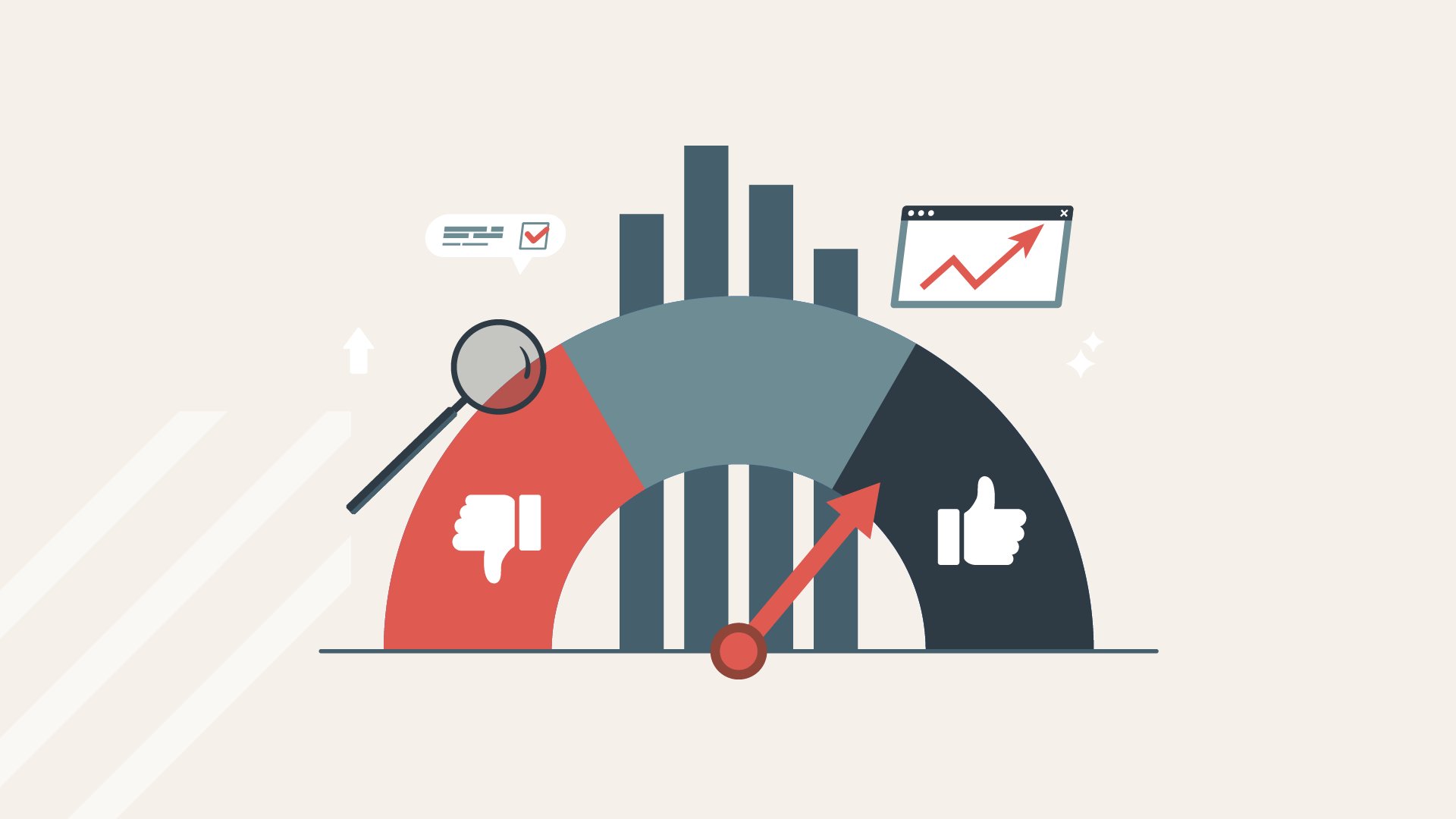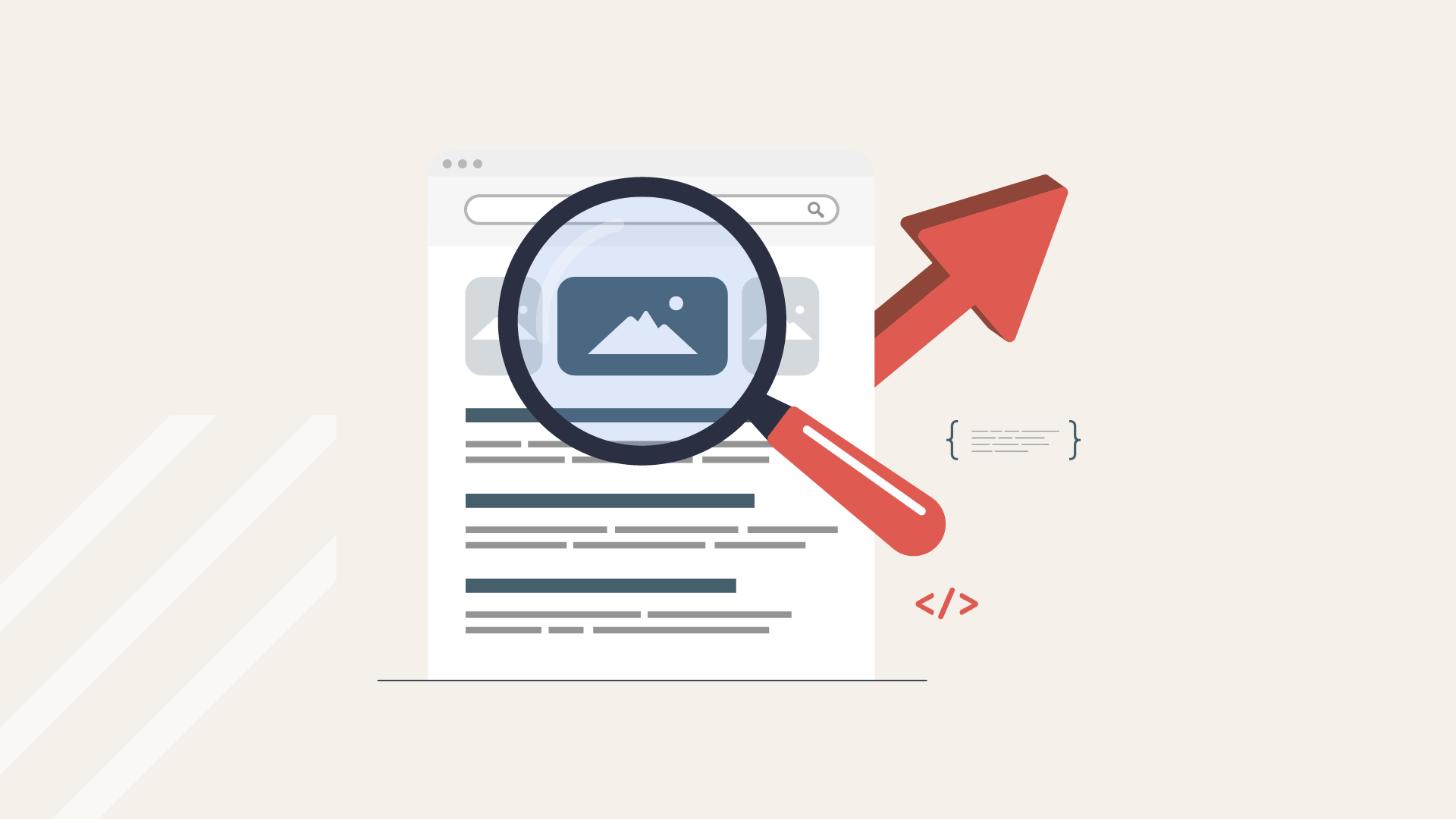Anyone signing in to Google Analytics in recent months has probably seen this warning at the top of the page:
“On July 1, 2023, this property will stop processing data. Starting in March 2023, for continued website measurement, you should create a new Google Analytics 4 (GA4) property, or one will be created for you based on your original property and reusing existing site tags.”
This message may seem alarming, but it’s not bad news. Google’s Universal Analytics properties are graduating to the Google Analytics 4 system this year, which means new types of data will be collected from users on your site moving forward.
If you’re feeling overwhelmed by the news and documentation surrounding the upcoming shift, keep reading. We’ve broken down what you need to know about GA4 below.
Why is Google making the shift from Universal Analytics to GA4?
Google first announced GA4 back in 2020, citing changes in user behavior and data privacy laws.
Universal Analytics has been the industry standard since its release in 2012. Over the past decade, websites have become more complex and interactive, and now span multiple platforms by integrating applications on separate devices. Whereas the number of visitors and time spent on the page was once an indicator of a website’s “success” in driving traffic, developers’ and analysts’ needs for insight have expanded. GA4 looks deeper into user behavior, focusing more on “events” than “user sessions.”
Since 2020, several states have enacted new laws inspired by the European Union’s General Data Protection Regulation (GDPR), with more states expected to follow suit. The California Privacy Rights Act (CPRA), Colorado Privacy Act (CPA), Connecticut Data Privacy Act (CDPA), Utah Consumer Privacy Act (UCPA), and Virginia Consumer Data Privacy Act (VCDPA) were all enacted to protect consumers’ personal information from being captured and stored by websites. Google Analytics — which collects demographic and behavioral data for approximately 56.7% of all websites in existence — had to change to comply with these laws as they continue to emerge.
What’s the difference between Universal Analytics and GA4?
There are several major changes laid out in Google’s announcement and explanation of GA4’s new functionalities. Many of these changes have been implemented due to changes in the internet’s operations and regulation, but some seem poised to shape the future of analytics, marketing, and online businesses.
- Collects both website and app data to better understand the customer journey: In the past, Google Analytics has tracked user data on websites and apps separately, using separate properties. Tracking user traffic and behavior separately like this complicated and obscured data, even if the same users were engaging with the same databases and content on separate devices. GA4 allows for properties to include both web and mobile app data in its analytics, giving a sharper, more holistic view of cross-platform trends. With these, you can expand and optimize your funnels to evaluate traffic from anywhere.
- Uses event-based data instead of session-based: GA4 marks a shift away from traditional “sessions” views of user traffic, instead focusing on events that occur within those sessions. By analyzing data about events — like page views, content shared, or purchases made — you can extrapolate some data about the site’s traffic, but you can’t look at traffic data and figure out what exactly those users were doing. GA4 drills down into these events and user actions so businesses can better understand which particular elements on their website are most effective for driving engagement. GA4 comes with default events and recommended events, but developers can create custom events using Google Tag (gtag.js) or Google Tag Manager.
- Privacy controls such as cookieless measurement, and behavioral and conversion modeling: As we mentioned earlier, data privacy laws like the GDPR are changing rapidly. As a result, Google has implemented changes in how it collects and stores user data to proactively stay ahead of these emerging regulations. This doesn’t necessarily mean that GA4 is tracking less data, it just means that users have more control over what data they share. Privacy features of GA4 include IP anonymization, automatic data deletion, and user opt-outs. Because legislation is ever-evolving, GA4 was designed to allow developers to modify their data collection process at any time using Google Tag Manager.
- Predictive capabilities offer guidance without complex models: If your website generates enough traffic, you may be eligible for Google’s AI-powered “predictive analytics.” By tracking and analyzing user behavior on your site, Google’s machine-learning algorithms can provide insights about users’ expected behavior or next steps, or generate an “audience” expected to engage in a certain behavior. These predictions are formed with specific event data configured and collected on your site and can help you target individuals who are likely to purchase, churn, or spend the most on your site.
- Direct integrations to media platforms help drive actions on your website or app: GA4’s traffic source metrics track where traffic to your site is coming from, whether they clicked on an email campaign, Google PPC ad, social media post, or something else. Through these reports, advertisers can see which referral sources are most effective and determine which referrals are worthy of attribution — especially helpful when working with affiliates. GA4 also now excludes internal referrals, so you will no longer need to filter out your own site’s domain from referral source reports.
When does GA4 launch?
GA4 is already live. Anyone utilizing Universal Analytics properties can create GA4 properties at any time. Earlier this year, Google announced that they will automatically create GA4 properties for any UA properties that have not already been migrated starting in March 2023.
How do I transition from Universal Analytics to GA4?
According to Google, any new Analytics properties created after October 14, 2020, are likely already a GA4 property, so you don’t need to migrate. However, if you use legacy properties that were created prior to October 2020, they will need to be updated. If you feel comfortable configuring your own tags and metrics in GA4, you can convert your UA properties to GA4 now. If you’re not sure what you want or how to configure your new properties, Google will convert them for you with basic default settings, which you can later manually update.
How can I see my historical UA data?
After UA stops collecting new data in July 2023, historical data will be available for review for six months. After those six months, that data will be wiped, and users will be expected to track all new data using GA4. This means you need to export your UA historical data before it is wiped, or risk losing all that data forever.
There are several ways to export data from your UA properties. You can sign into Google Analytics and manually export your UA properties historical data into files. You can keep the data in these formats and reference them as needed, or import these files into whatever program you use for analytics measurement.
You can manually export data from UA properties in these formats:
- CSV
- TSV
- TSV for Excel
- Excel (XLSX)
- Google Sheets
What are the benefits of GA4?
The move to GA4 will have a profound impact on SEO and digital marketing in the years to come. As we move away from a sessions-based view of success, we’ll be able to dedicate our efforts with increased specificity and efficiency.
By uniting the analysis of web and applications, we will gain valuable insights into the user journey across platforms. Thanks to user-specific event tracking, reporting will be cleaner, simpler, and more descriptive. Machine learning will form conclusions based on past data and suggest actions and audiences for more effective campaigns. Increased control over data collection and privacy policies will help build trust and avoid penalties.
Navigating change is hard, but embracing advancements in technology is imperative if you want to stay ahead of the curve. There’s value in making data-driven marketing decisions, and tools like GA4 can help shape your strategies and validate your results.
Feeling overwhelmed? Check out our free guide to setting up GA4, and sign up for email alerts so you’re always in the know of what’s new in web.













